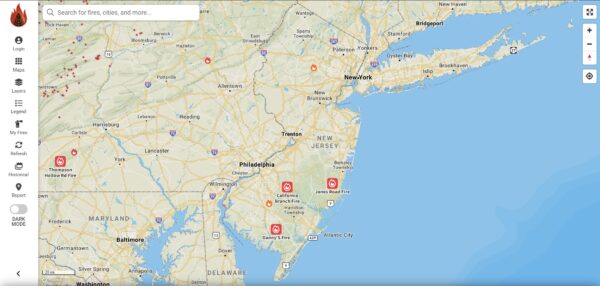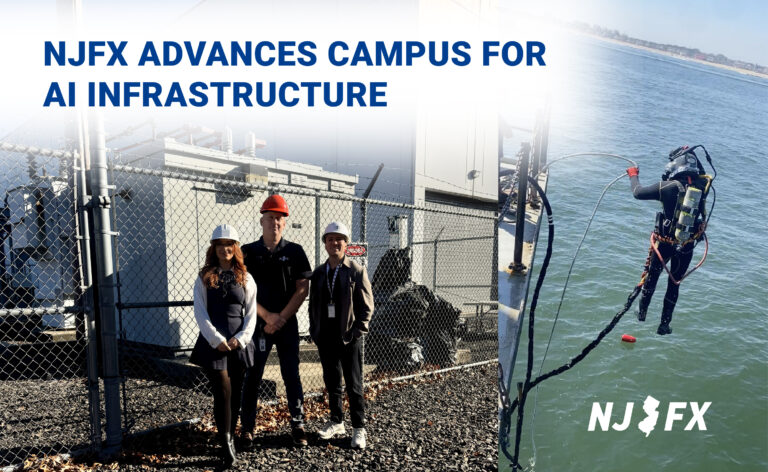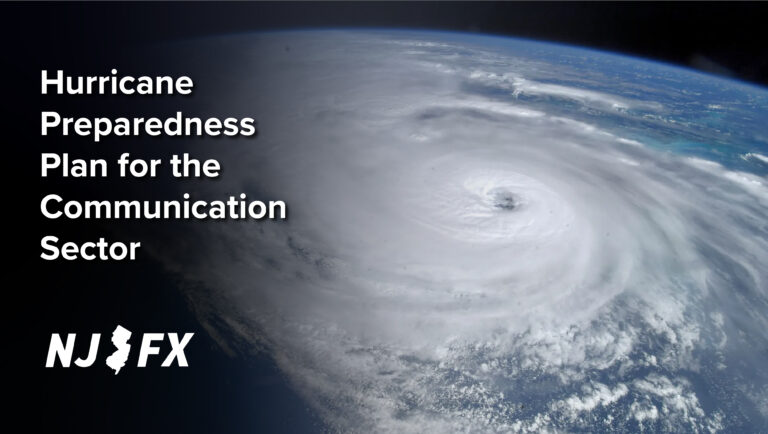Impact of Wildfires on the Communications Sector in New Jersey
Develop a proactive wildfire response plan to safeguard your IT infrastructure—from data centers and fiber routes to edge devices—by implementing real-time environmental monitoring, physical hardening of critical assets, and automated failover routing to maintain uninterrupted connectivity even during smoke and fire threats.

As New Jersey experienced an uptick in wildfire incidents during the dry season of 2025, the communications sector faced significant challenges. The state had been grappling with several small but impactful wildfires, particularly in rural and wooded areas. While these fires may not have reached the scale of those in western states, their presence still posed risks to the region’s communication infrastructure.
During one such wildfire, a blaze near the Pine Barrens threatened several communication towers crucial for both mobile and internet services. As flames approached these facilities, concerns grew over potential outages that could hinder emergency communications and public safety notifications. Local telecommunications companies quickly implemented contingency plans, rerouting signals through alternative networks to minimize disruptions.
Despite their efforts, some residents found themselves facing temporary communication blackouts. In an age where timely access to information is vital, this lack of connectivity created confusion and anxiety. People were unable to receive alerts about evacuations or safety measures, prompting local officials to rely on community outreach and traditional methods like door-to-door notifications to convey urgent information.
In the aftermath of the wildfires, the communications sector in New Jersey began to prioritize infrastructure resilience. Discussions emerged on fortifying existing towers against fire hazards and investing in advanced technologies such as mesh networks, which could maintain connectivity even when certain links were compromised. This experience underscored the essential role that communication plays in public safety and emergency response, prompting a renewed commitment to safeguarding the region’s communication networks against future wildfire threats.
Wildfire Preparedness, Response, and Recovery Procedures
- Preparation:
- Create an Emergency Plan: – Discuss and establish a family emergency plan including escaping routes and a meeting point outside the danger zone.
- Assemble an Emergency Kit: – Include essentials such as: – Important documents (IDs, insurance papers) – Medications and first aid supplies – Non-perishable food and water (three-day supply) – Flashlights, batteries, and a battery-powered radio – Clothing and personal hygiene items
- Home Safety Measures: – Regularly clean gutters and roofs to remove debris. – Create defensible space around your home by clearing flammable vegetation. – Install fire-resistant building materials and ensure your home has functioning smoke alarms.
- Stay Informed: – Sign up for local alerts and monitor fire weather conditions through reliable sources.
- Response:
- Evacuation: – Follow your emergency plan immediately upon receiving an alert. – Prioritize taking the emergency kit and pets. – Close windows and doors, and turn off gas to minimize fire risk if safe to do so.
- Communicate: – Notify family members of your safety and location. – Use designated meeting points to reunite if separated.
- Recovery:
- Assess the Damage: – After the fire, inspect your home and property carefully for hazards. – Contact local authorities for evaluation and support resources.
- Seek Assistance: – Reach out to community organizations and local government for assistance and recovery programs. – Consider temporary housing or services from organizations like the Red Cross if necessary.
- Rebuilding and Resilience: – Participate in local clean-up efforts and support community rebuilding initiatives. – Implement improved safety measures based on lessons learned to better prepare for future risks.
- Emotional Support: – Engage with counseling and support groups to address emotional impacts of the disaster. – Encourage open communication among family members about their experiences and feelings.
By following these procedures, individuals and families can enhance their preparedness for wildfires, effectively respond to such emergencies, and engage in meaningful recovery efforts.
The following link is to a great resource out of California (an unfortunate expert is wildfire response). Even though we are on the other side of the country, their tips and recommendations can be applied here for planning, response, and recovery.https://www.fire.ca.gov/prepa
Latest News & Updates
Stay informed with the latest press releases, industry news, and more.







